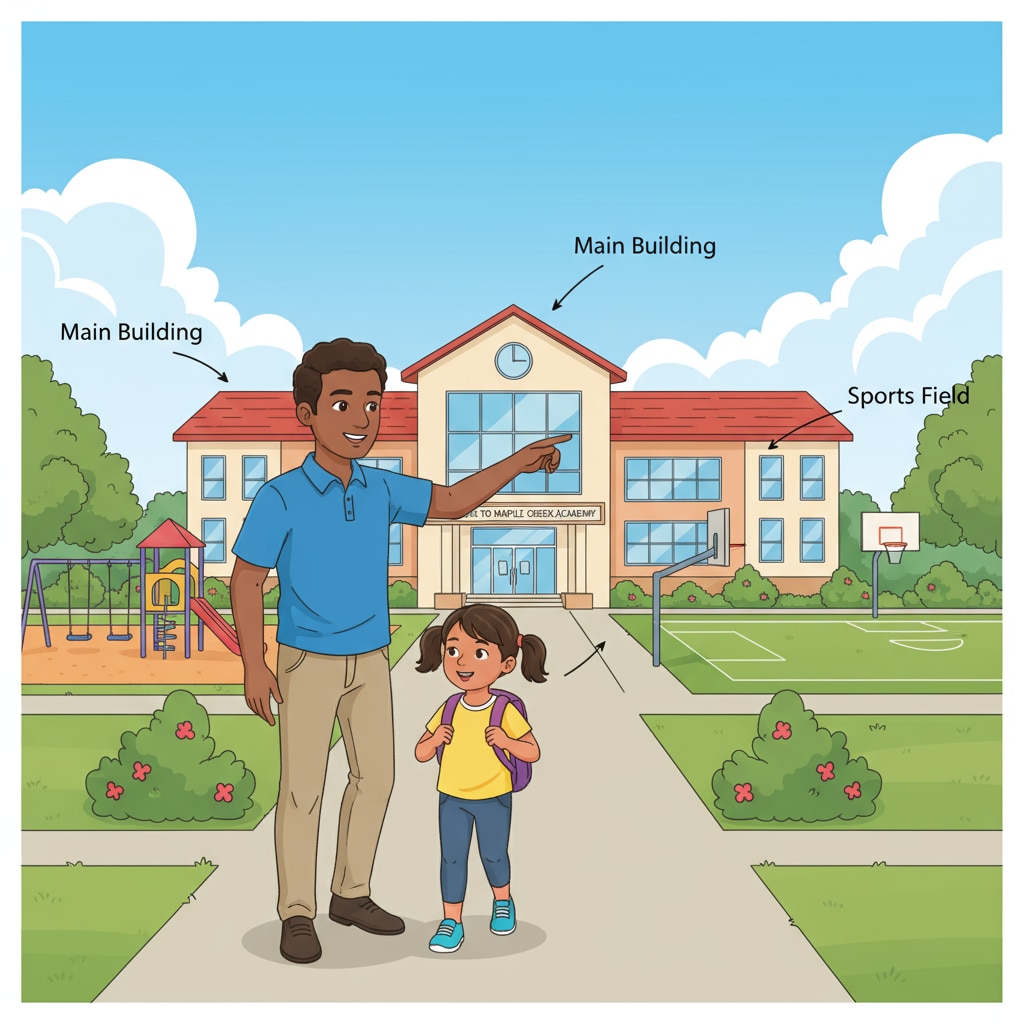School transitions, grade transitions, and student adaptation are crucial aspects of a young student’s educational journey. Moving to a new school or advancing to a higher grade can bring about a mix of excitement and anxiety. In this article, we will explore various strategies to help K12 students navigate these changes smoothly.

Understanding the Challenges
When students face school transitions or grade transitions, they often encounter several difficulties. For example, in a new school, they need to get used to a different physical environment, new teachers, and unfamiliar classmates. As a result, they may feel lost or isolated. According to Education.com, these challenges can impact a student’s academic performance and emotional well-being.
The Role of Parents
Parents play a vital role in student adaptation. Before the transition, they can talk to their children about the upcoming changes, addressing any concerns. In addition, they can visit the new school with their kids to familiarize them with the surroundings. For instance, they can walk around the campus, find the classrooms, and meet some teachers. This way, students will feel more at ease when they start school. Psychology Today emphasizes the importance of parental support during this period.

During the transition, parents should maintain open communication with their children. They should listen to their experiences and offer positive encouragement. Moreover, they can help their children establish a regular routine at home to provide a sense of stability.
Readability guidance: By understanding the challenges students face and the role parents can play, we are taking the first steps in ensuring a smooth transition. In the following sections, we will explore more strategies from different perspectives.


